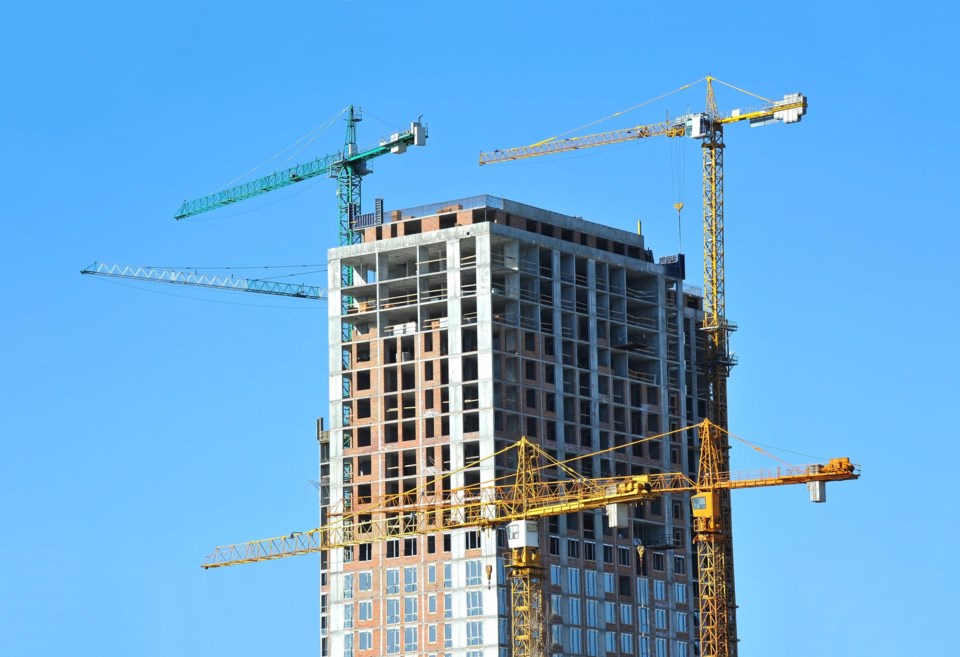According to a recent study, Dallas-Fort Worth is the second metro area with the highest number of new units needed. This means that to keep up with the demand DFW would have to build 19,000 apartments each year for the next thirteen years. That’s … a lot!
Conducted by Hoyt Advisory Services and commissioned by the National Apartment Association and the National Multifamily Housing Council, the report says that nationwide, the US needs to build 4.6 million new apartments in the next ten years to meet the growing demand. The study also reports that in the same period, 11.7 million existing apartments could need renovation. As reported by The Dallas Morning News, there’s currently a deficit of 600,000 apartments, with a greater demand for affordable units.
“Once the financial crisis happened, [building] just really dipped, and it’s stayed pretty low, and it’s only really picked up for the past few years,” Paula Munger, assistant vice president of industry research and analysis with the National Apartment Association, told the Dallas Observer.
The lack of supply has a direct correlation with affordability. According to the report, it has increased rent prices which could represent 35% or more of a household income. In DFW, where thousands of people move each year from across the country, the shortage of rental units could be critical. The Dallas Morning News reported that less than 4% of North Texas’ apartments are vacant while the median rent was up 17.4% year-over-year, to a record of $1,536 in Dallas and $1,374 in Fort Worth.
Another factor in the increased demand for apartments is the rising home finance cost that is locking many buyers out the housing market.
DFW’s construction market is growing with residential construction leading the way, according to the Dallas Business Journal but there could be a correction coming. “It’s highly improbable we’d maintain that pace very long,” RealPage economist Jay Parsons is quoted as telling The Dallas Morning News,“History tells us that by the time developers slow down supply is about when we start to need a lot more of it again.”




